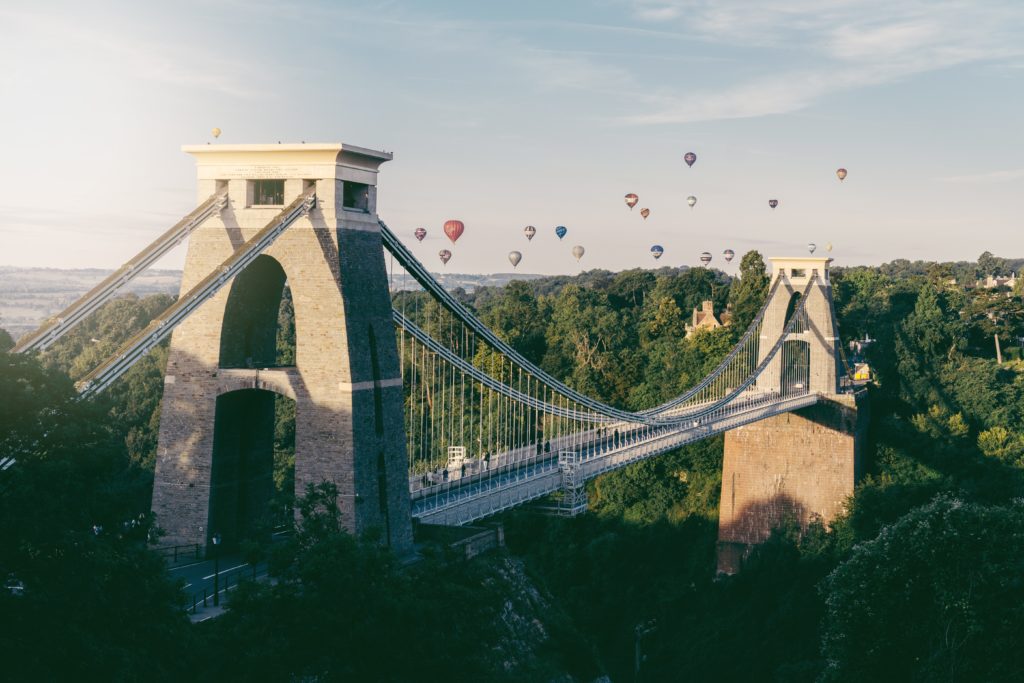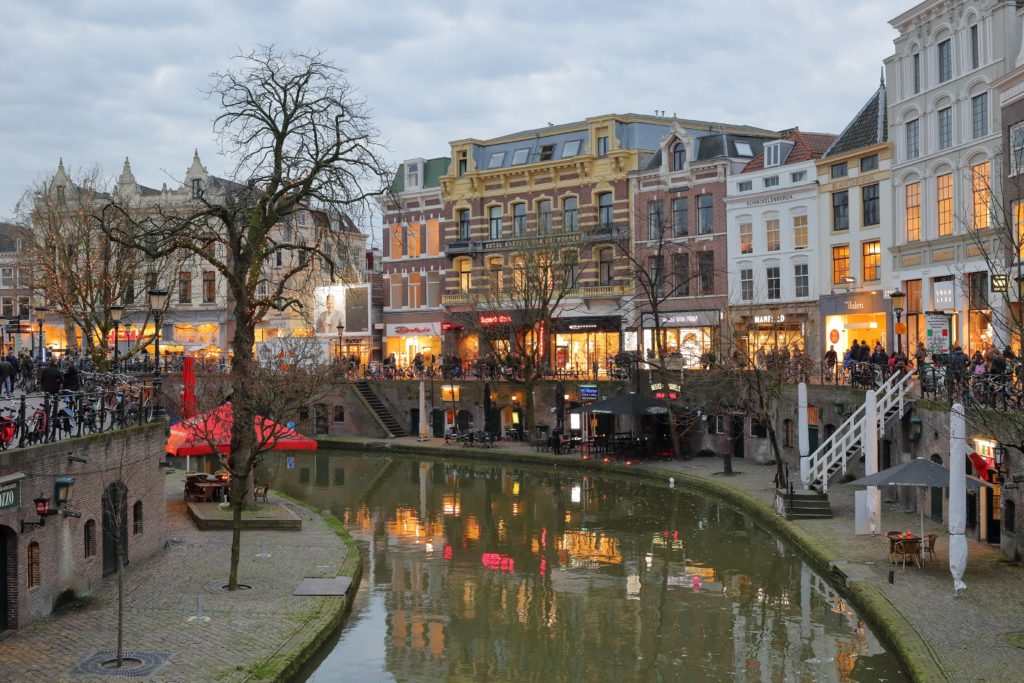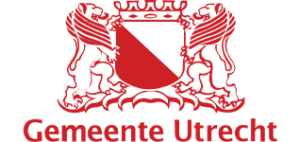30 new factsheets on the energy transition!
Zoom in on best practices in participative governance
Each city’s energy transition is different but they have one element in common: the active involvement of the local community to make their city greener – and that is what TOMORROW is about! We created 30 factsheets from an analysis of innovative energy transition practices taking place in cities from all over Europe. We want to inspire readers and to distil lessons that could help other local authorities to follow a similar path.
Energy Cities and DRIFT, the Dutch research institute for sustainability transitions, are supporting six cities (Brasov, Dublin, Valencia, Mouscron, Brest & Nis) to develop 2050 transition roadmaps with their communities. As a first step, we aim at providing them with the necessary knowledge to start their “transition road mapping” process.
Here are three of the biggest lessons we learned:
1- Fund green community projects
Local authorities and their citizens can get creative when it comes to finding resources for their city’s energy transition. Bristol (UK) and Lisbon (Portugal) prove it!
Bristol Community Energy Fund is an energy scheme created by Bristol City Council in 2015 with the aim of supporting and enhancing local energy production and consumption. More specifically, the initiative supports local groups through grant and loans, enabling them to develop projects on sustainability, renewable energy and energy efficiency in the area. The Bristol Community Energy Fund also collaborates with local businesses to address environmental and social issues in the city. So far, they have funded 39 different projects!

Lisbon introduced participatory budgeting in 2008, to give citizens the possibility to decide a portion of the municipal budget. The city has founded almost two thousands projects! Within the framework of “Lisbon European Green Capital 2020”, the participatory budget became “green”, to encourage citizens to propose projects contributing to the city’s sustainability and climate objectives.
2- Give space to experiment
Many cities host or work with urban living labs, to experiment with new technologies, research and gather ideas.
In Italy, Milan City Council created their own living lab, “Milano 2046 – laboratorio per un futuro comune” ( “Milan 2046 – a laboratory for a common future”) to translate different visions and ideas from citizens and other stakeholders into projects and raise awareness of the need for long term thinking in the political and collective debate. They conducted a study to learn about ideas, needs and interests from multiple local stakeholders, in order to guide urban planning interventions.
In Amsterdam, the living lab De Ceuvel tested “Jouliette”, a smart grid technology that aims to foster bottom-up transitions towards a fair and 100% renewable energy system. De Ceuvel’s solar panels produce energy that they can sell to community members using a digital currency. Thanks to this system, both renewable energy production and consumption occur outside market limitations!
3- Keep the dialogue going
The road towards a carbon neutral city is not an easy one…that is why local authorities needs their citizens’ support. A successful communication strategy can be an excellent way to make sure everyone is informed, but also able to contribute!

In 2015 the Municipality of Utrecht (the Netherlands) developed “Utrecht maken we samen” – Dutch for “We make Utrecht together” – a participatory policy-making process involving residents, to help the city to become carbon neutral. During 2 months, the City Council organised three debates: experts assisted 165 citizens and other stakeholders, to learn about the energy transition, build future scenarios and develop a provisional energy plan.
The municipality of Manheim (Germany) developed a climate action plan that aims to reduce local CO2 emissions by 40 per cent by 2020. In order to implement this plan and to promote collaboration and networking among residents, they set up a citywide campaign, “Mannheim Auf Klimakurs” (“Mannheim on a climate-friendly course”). The campaign aims to strategically bundle energy and climate measures and make them more visible: it allowed the city to promote and implement more than 60 projects and activities!



